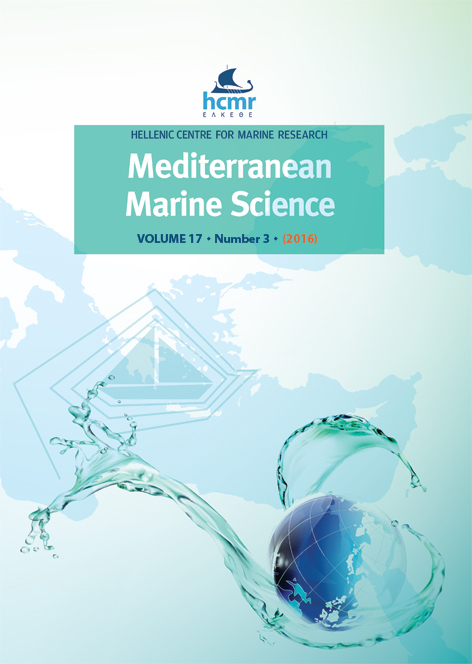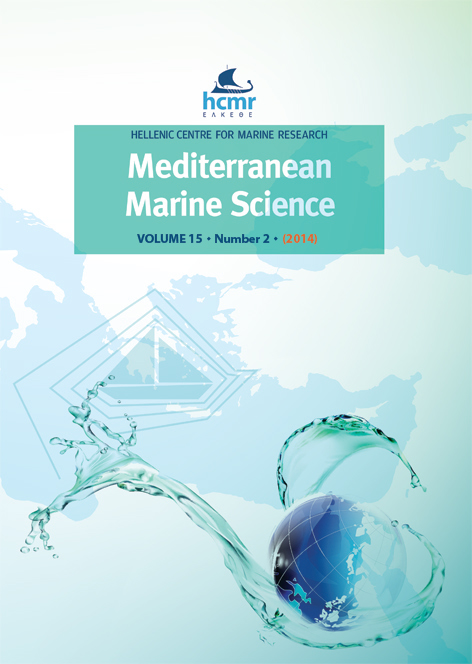Soft Bottom Molluscan Assemblages of the Bathyal Zone of the Sea of Marmara

Abstract
The present study deals with the soft bottom molluscan species collected from the bathyal zone of the Sea of Marmara in 2013. Replicated samples were taken by a Box Core, sampling an area of 0.1 m2 at 31 stations at the two depth transects, 500 and 1000 m. A total of 1229 individuals belonging to 4 classes and 28 species were collected. Two species (Akritogyra conspicua and Liostomia hansgei) are new records for the marine molluscan fauna of Turkey and four species (Benthonella tenella, Odostomia silesui, Syrnola minuta and Crenilabium exile) are new records for the molluscan fauna of the Sea of Marmara. A relatively richer fauna was determined in 500 m (25 species) than in 1000 m (17 species). The most dominant species at 500 m and 1000 m depths were Crenilabium exile and Parthenina flexuosa, respectively. Number of species and number of individuals varied significantly only between depths while number of individuals changed significantly among basins (ANOVA test). A significant difference in species assemblages between the Tekirdağ and the Central Basins was detected (ANOSIM test). The multivariate analysis showed that the depth was the main factor influencing the molluscan assemblages in the area.
Article Details
- How to Cite
-
DOĞAN, A., ÖZTÜRK, B., BİTLİS-BAKIR, B., & TÜRKÇÜ, N. (2016). Soft Bottom Molluscan Assemblages of the Bathyal Zone of the Sea of Marmara. Mediterranean Marine Science, 17(3), 678–691. https://doi.org/10.12681/mms.1748
- Issue
- Vol. 17 No. 3 (2016)
- Section
- Research Article
Authors who publish with this journal agree to the following terms:
- Authors retain copyright and grant the journal right of first publication with the work simultaneously licensed under a Creative Commons Attribution Non-Commercial License that allows others to share the work with an acknowledgement of the work's authorship and initial publication in this journal.
- Authors are able to enter into separate, additional contractual arrangements for the non-exclusive distribution of the journal's published version of the work (e.g. post it to an institutional repository or publish it in a book), with an acknowledgement of its initial publication in this journal.
- Authors are permitted and encouraged to post their work online (preferably in institutional repositories or on their website) prior to and during the submission process, as it can lead to productive exchanges, as well as earlier and greater citation of published work (See The Effect of Open Access).






